Membrane Transporter/Ion Channel
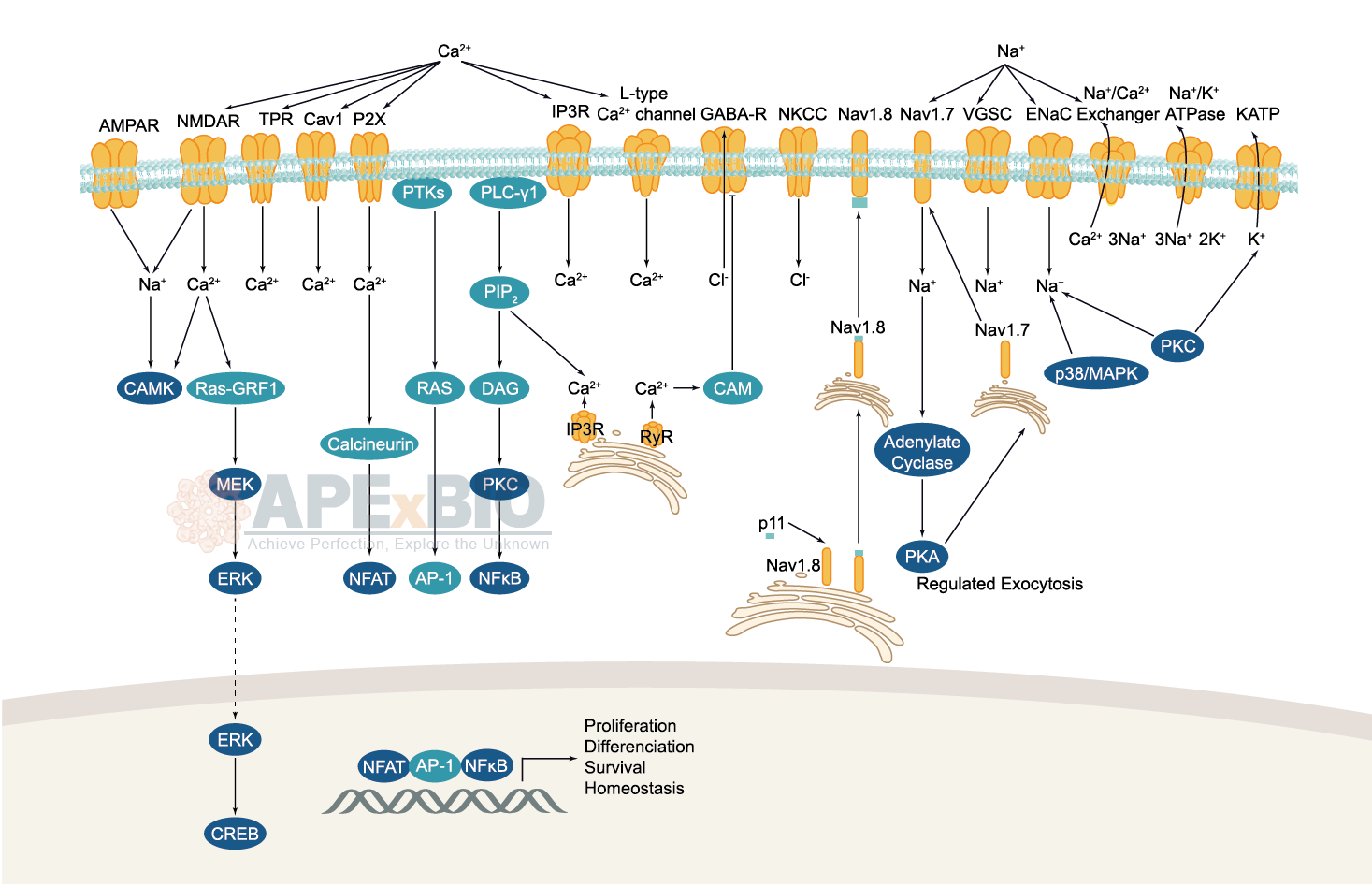
Ion channels are pore-forming membrane proteins which allow the flow of ions across the membrane. The ion channels can be broadly grouped into six families including calcium channels, chloride channels, potassium channels, sodium channels, gap junction proteins and porins. Not all ion channels are gated, such as certain type of K+ and Cl– channels, transient receptor potential superfamily of cation channels, the ryanodine receptors and the IP3 receptors, but most Na+, K+, Ca2+ and some Cl– channels are all gated by voltage. Ligand-gated channels are regulated in response to ligand binding (e.g. neurotransmitters signaling). These ligand-gated neurotransmitter receptors are known as ionotropic receptors. Various neurotransmitters couple to ionotropic receptors such as glutamate, acetylcholine, glycine, GABA, and serotonin.
-
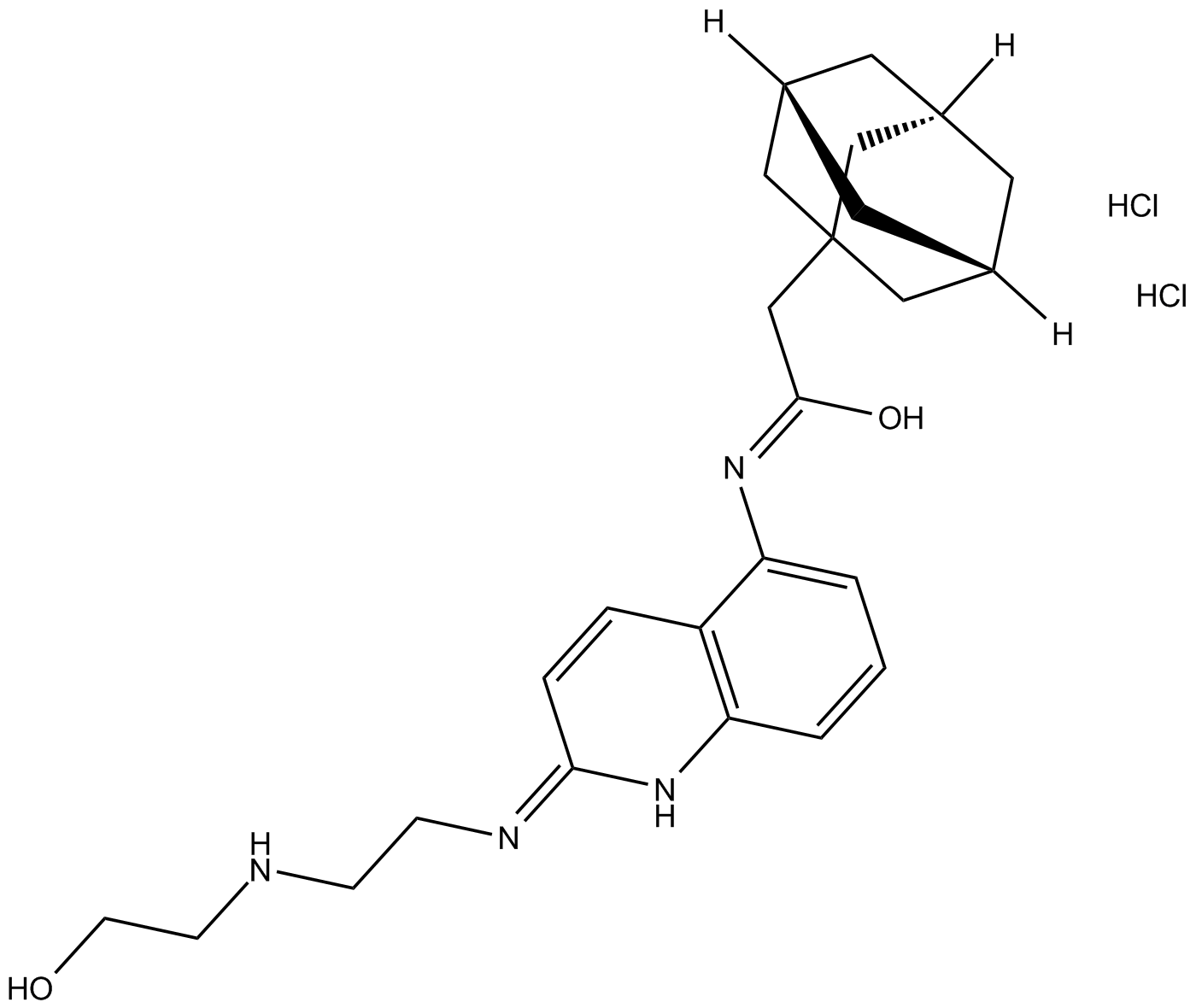 B5410 AZ 10606120 dihydrochlorideTarget: P2X ReceptorsSummary: Potent P2X7 receptor antagonist
B5410 AZ 10606120 dihydrochlorideTarget: P2X ReceptorsSummary: Potent P2X7 receptor antagonist -
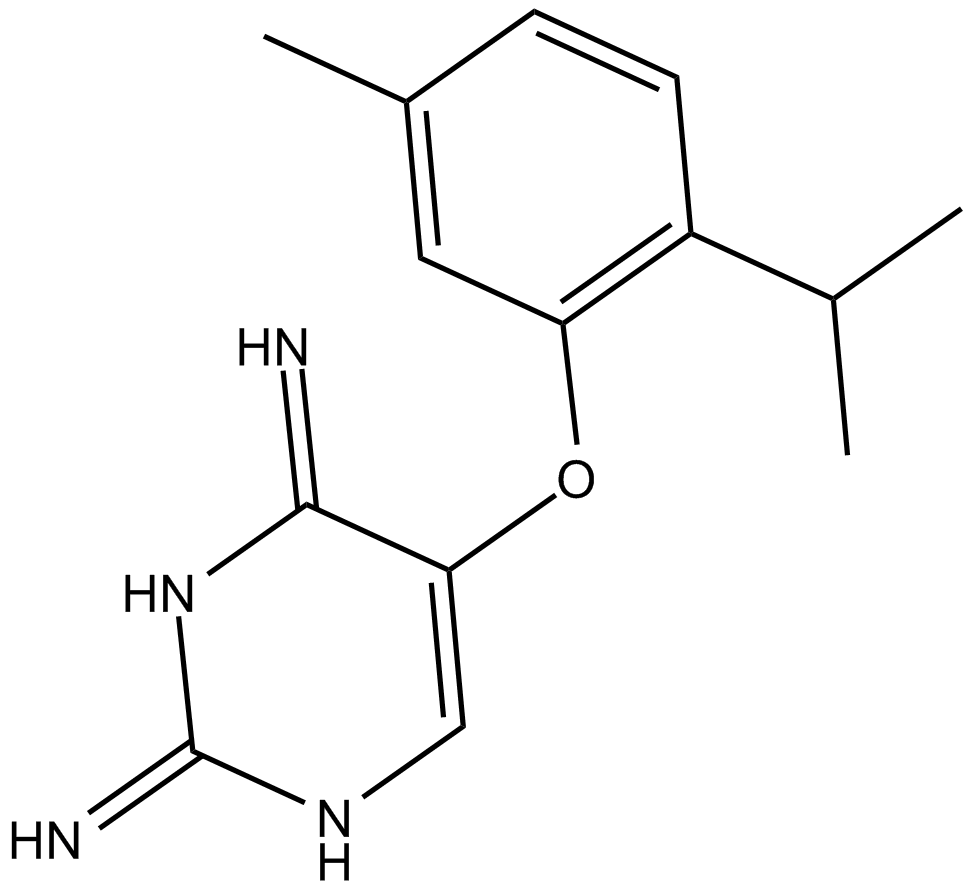 B5570 TC-P 262Summary: P2X3 and P2X2/3 receptor antagonist
B5570 TC-P 262Summary: P2X3 and P2X2/3 receptor antagonist -
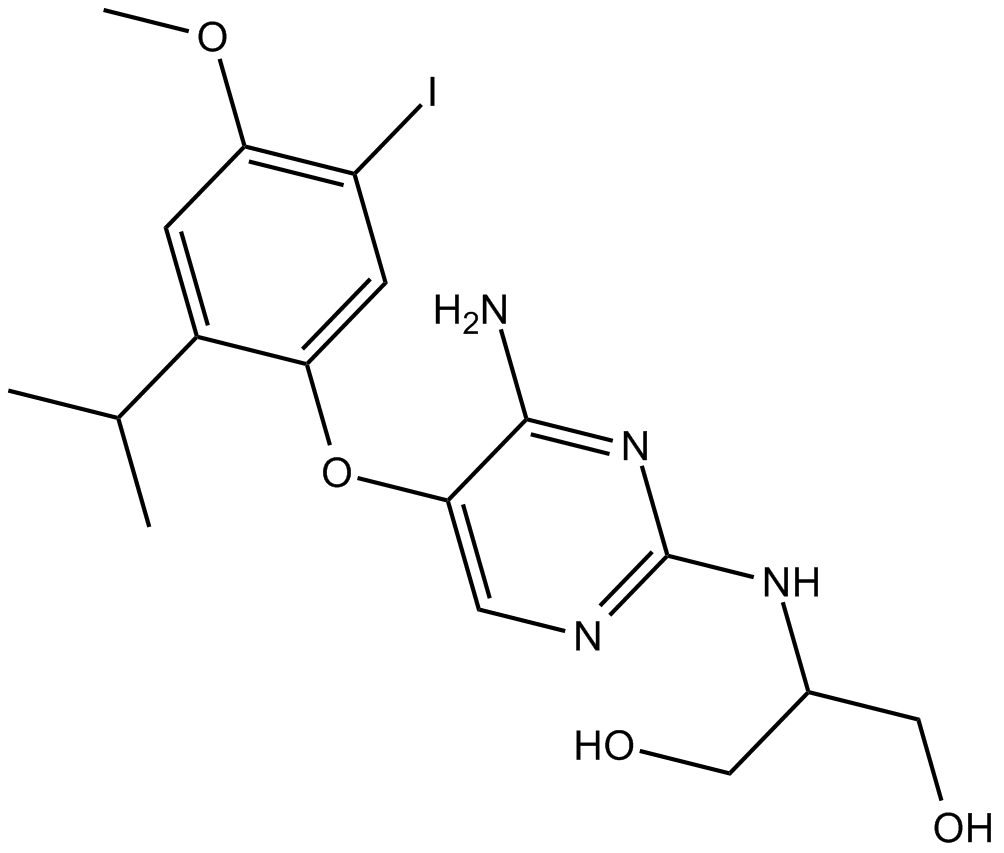 B5572 Ro 51Summary: dual P2X3 and P2X2/3 antagonist
B5572 Ro 51Summary: dual P2X3 and P2X2/3 antagonist -
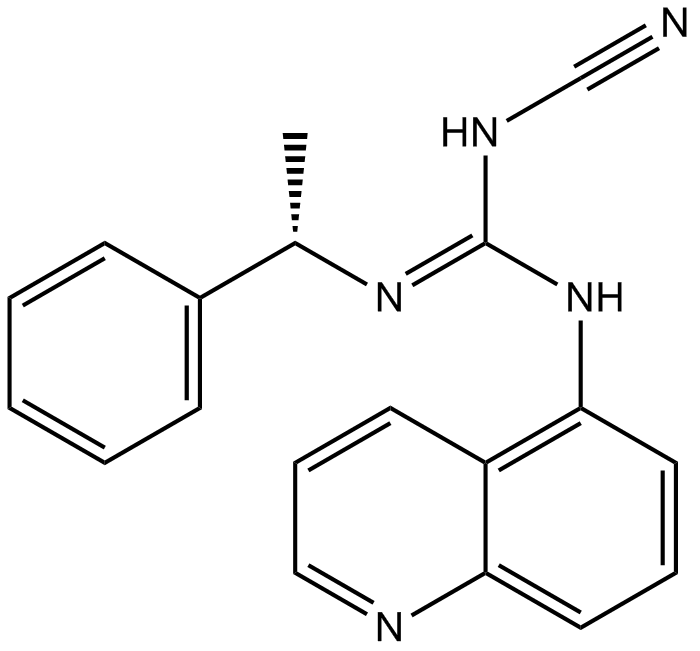 B5613 A 804598Summary: P2X7 antagonist,potent and selective
B5613 A 804598Summary: P2X7 antagonist,potent and selective -
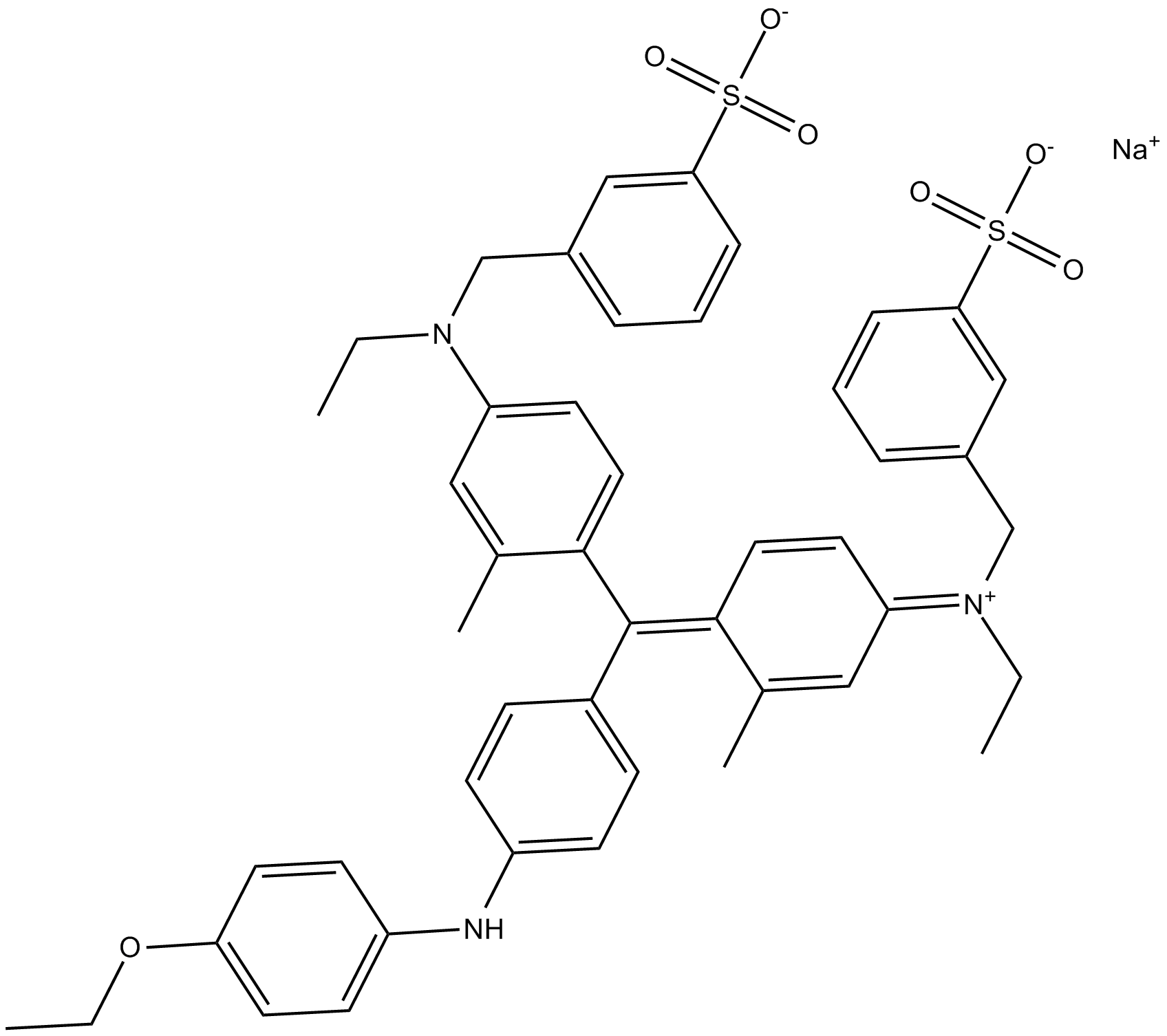 C5579 Brilliant Blue GSummary: used for protein staining in SDS-PAGE, Blue Native PAGE, and the Bradford Method; selective inhibitor of the P2X purinoceptor channel P2X7
C5579 Brilliant Blue GSummary: used for protein staining in SDS-PAGE, Blue Native PAGE, and the Bradford Method; selective inhibitor of the P2X purinoceptor channel P2X7 -
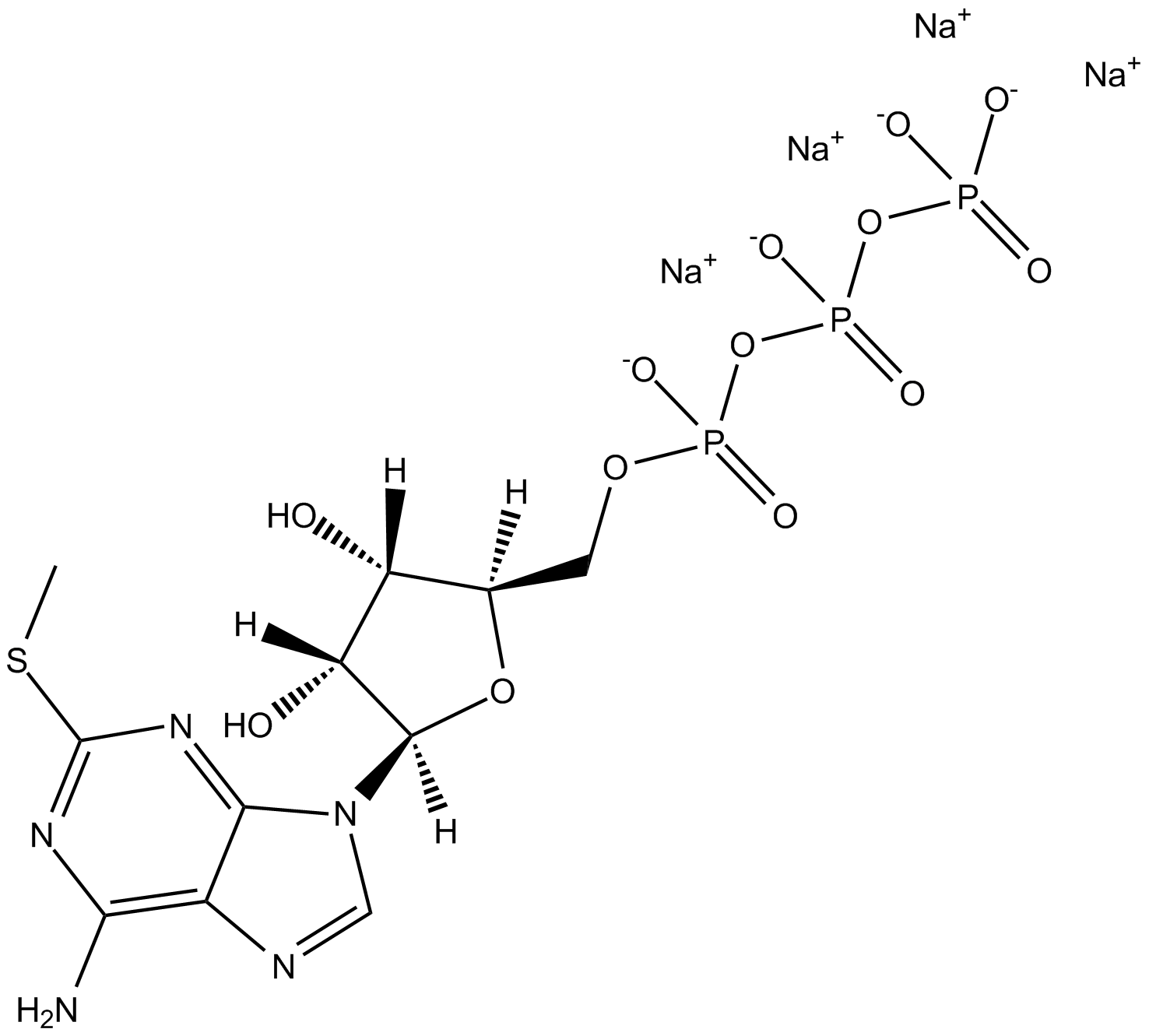 B6577 2-Methylthioadenosine triphosphate tetrasodium saltSummary: P2 purinoceptor agonist
B6577 2-Methylthioadenosine triphosphate tetrasodium saltSummary: P2 purinoceptor agonist -
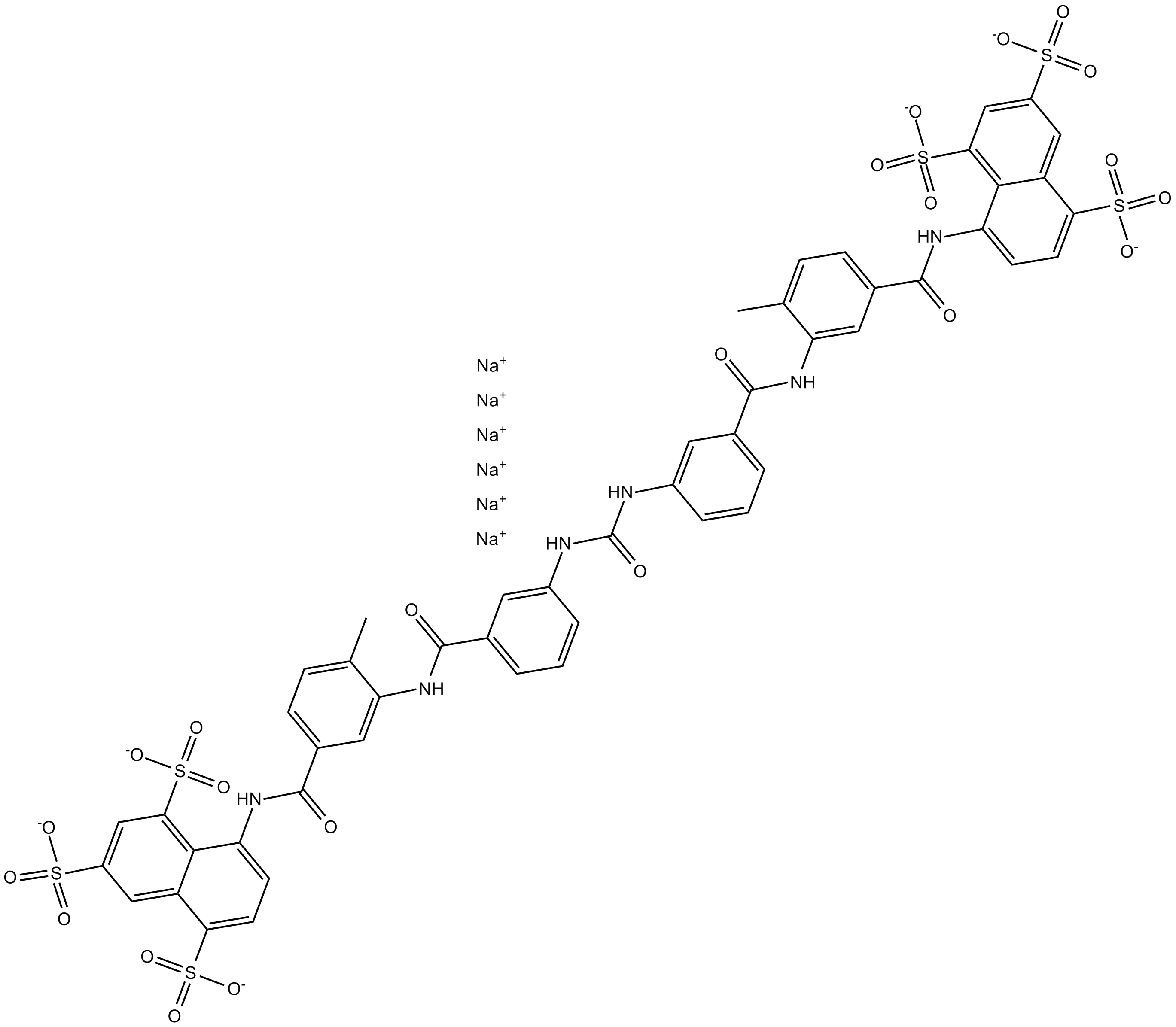 B6752 Suramin hexasodium saltSummary: P2 purinergic antagonist
B6752 Suramin hexasodium saltSummary: P2 purinergic antagonist -
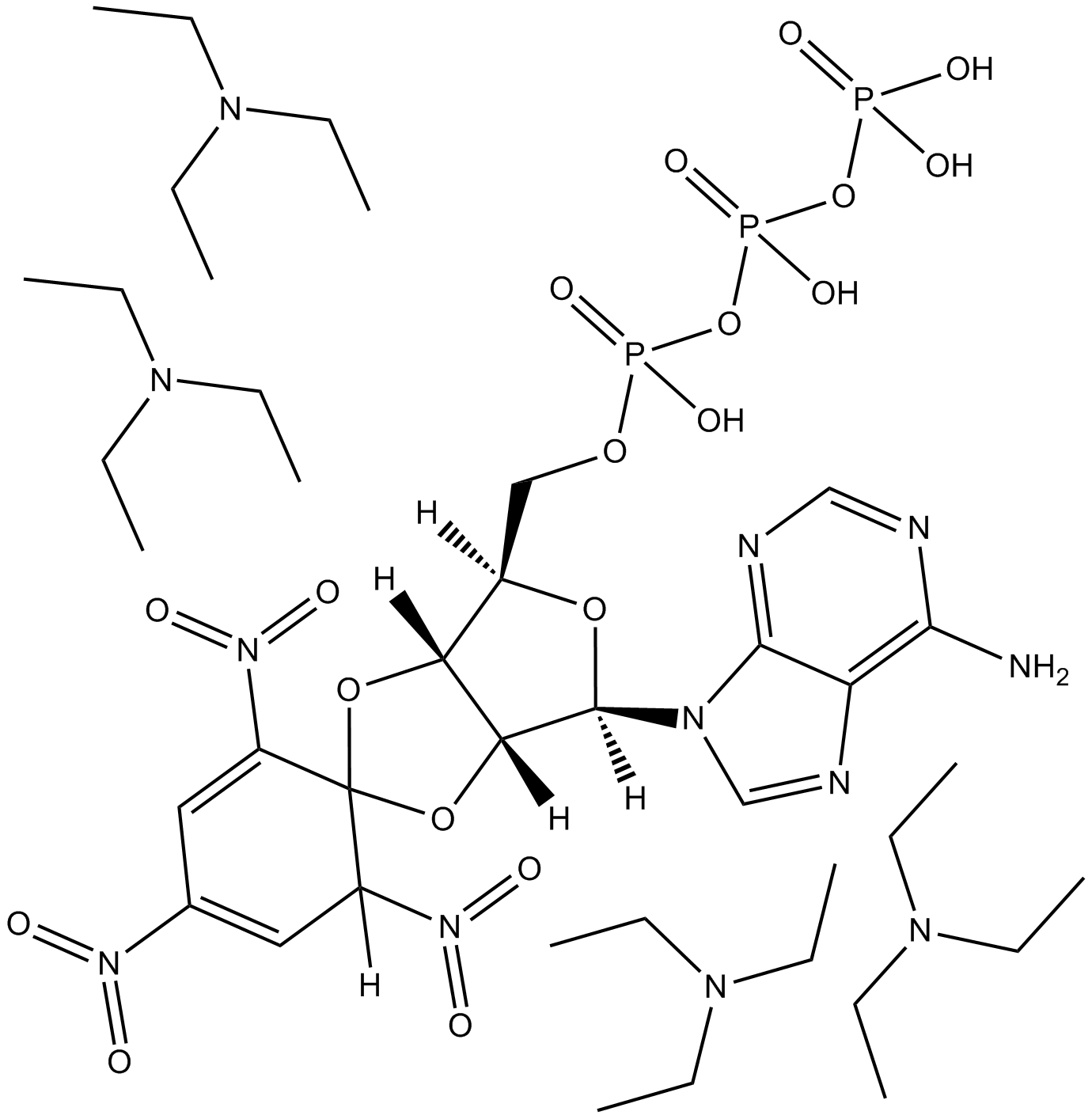 B7066 TNP-ATP triethylammonium saltSummary: P2X receptor antagonist
B7066 TNP-ATP triethylammonium saltSummary: P2X receptor antagonist -
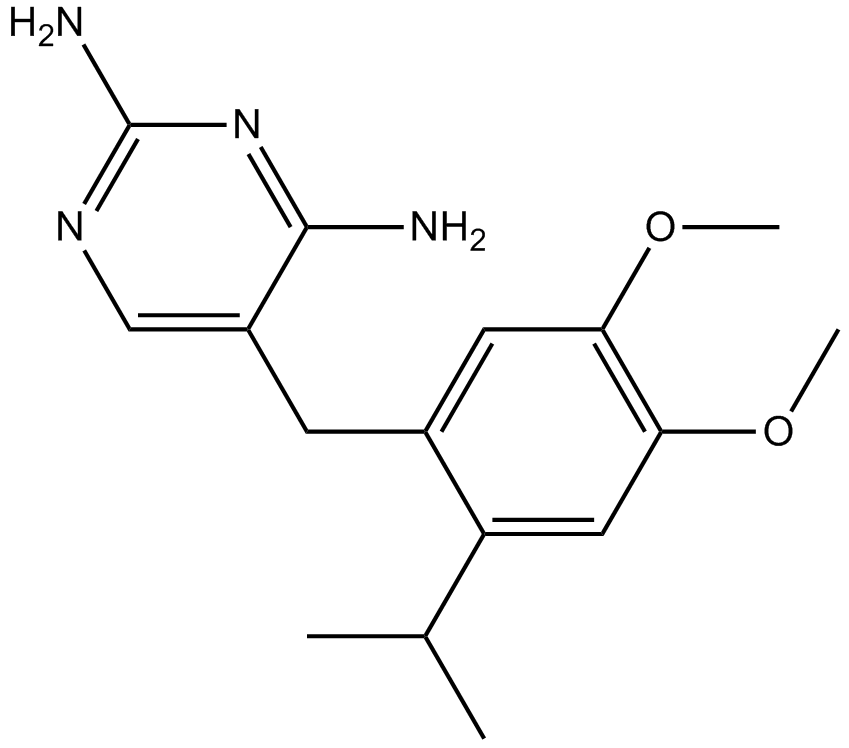 B7256 RO-3Summary: homomeric P2X3 and heteromeric P2X2/3 receptor antagonist
B7256 RO-3Summary: homomeric P2X3 and heteromeric P2X2/3 receptor antagonist -
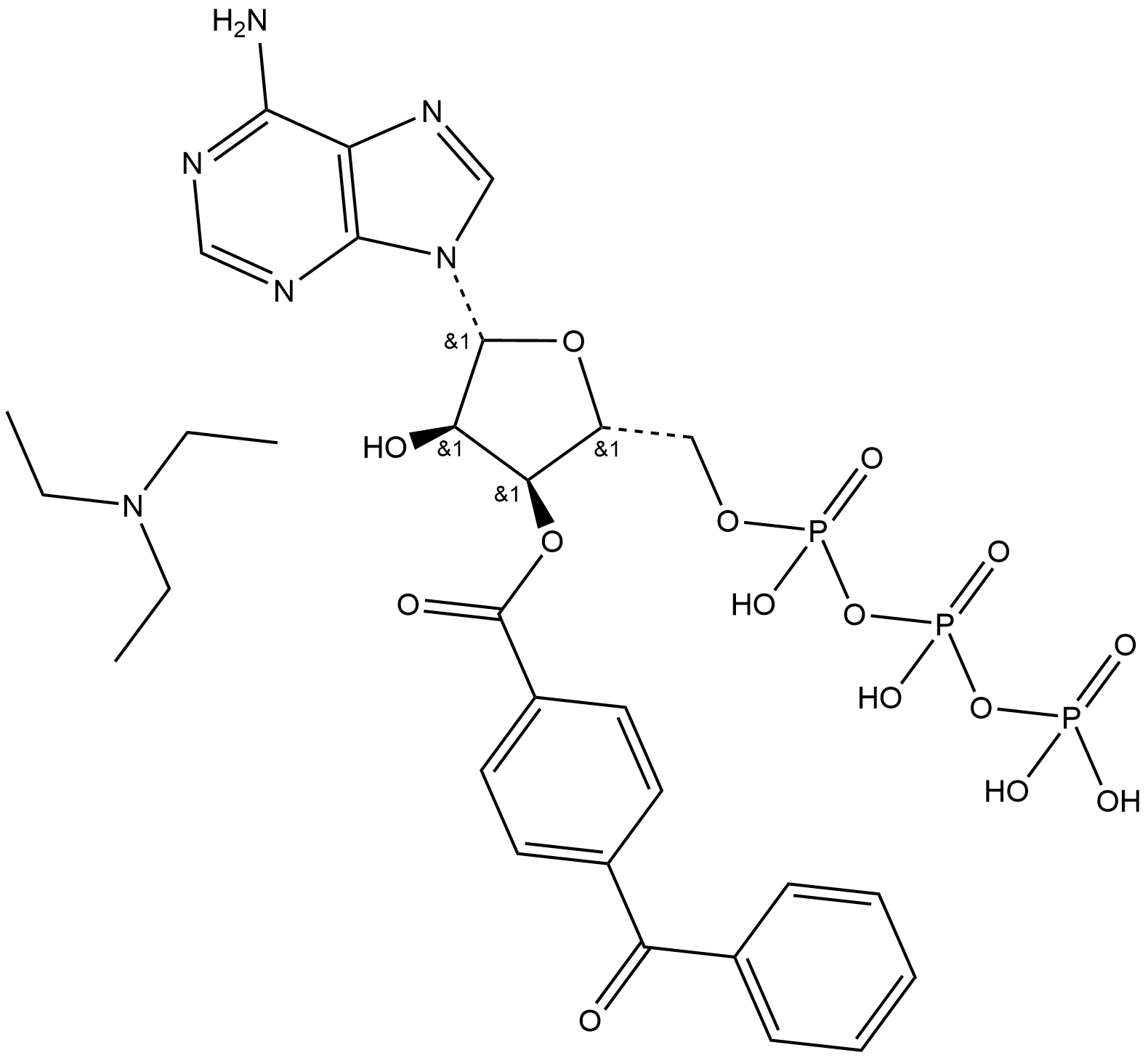 B7358 BzATP (ammonium salt)1 CitationSummary: A P2X7 receptor agonist
B7358 BzATP (ammonium salt)1 CitationSummary: A P2X7 receptor agonist

